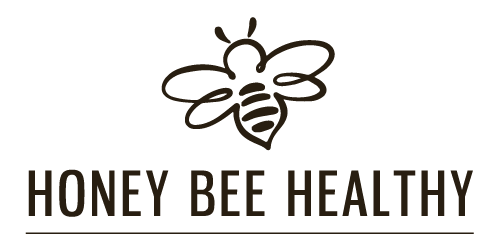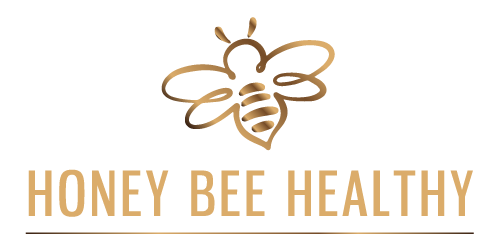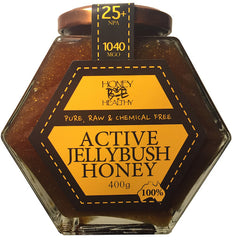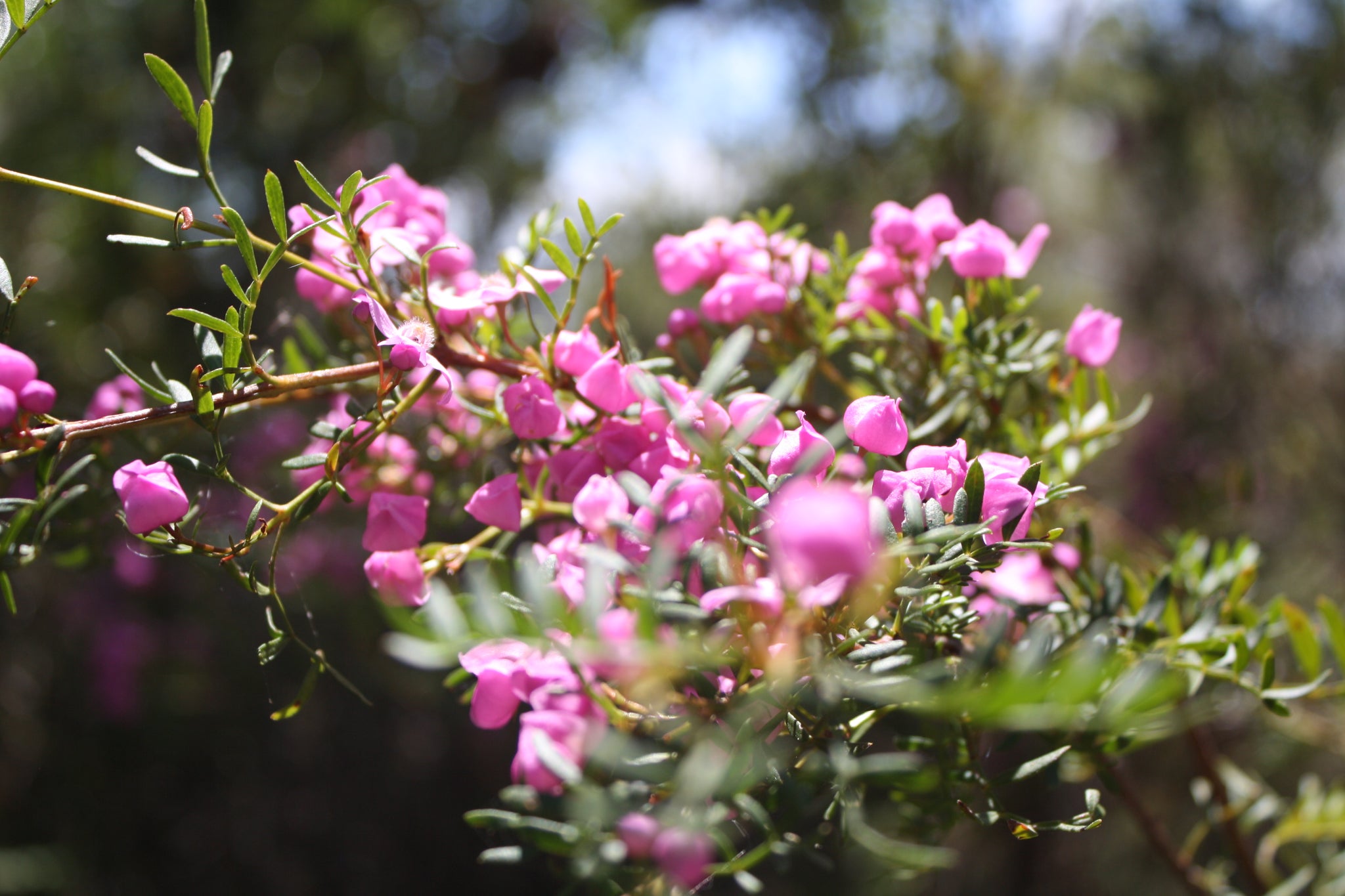The Healing Power of HBH Active Honey
Active honey has an antibacterial component that sets it apart from other honey. The main medical use for active honey is on top of a wound. It is generally used for treating minor wounds and burns. Active honey is also marketed for use in many other conditions.
In laboratory studies the NPA (Non-Peroxide Activity) in Leptospermum honey has been found to be effective against a wide range of bacteria including the very resistant helicobacter pylori (this bacteria causes most stomach ulcers), the wound-infecting bacteria staphylococcus aureus and escherichia coli, streptococcus pyogenes (causing sore throats).
Check the MGO level before purchasing your Active honey
How do we COMPARE Active Honey?
- Gathered from Australia's own Manuka plant - ‘Melaluca Leptospermum’ or ‘Jellybush Blossom’.
- All Honey Bee Healthy active products are independently laboratory tested to certify antibacterial ratings or NPA - Non Peroxide Activity. This is measured by the levels of Methylglyoxal (MGO). This level is also used for NZ's Unique Manuka Factor (UMF) rating.
- To compare your active honey, ALWAYS check the MGO level - this is an International Standard (see image)
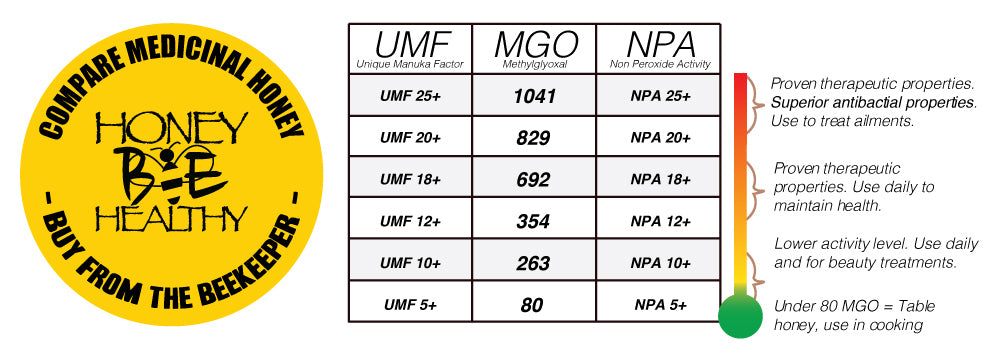
What are the COMPONENTS of Active Honey?
Hydrogen peroxide is a component of honey. It gives most honey its antibiotic quality. But some types of honey, including active honey, also have other components with antibacterial qualities. The major antibacterial component in active honey is methylglyoxal (MGO). MGO is a compound found in most types of honey, but usually only in small quantities.
In active honey, MGO comes from the conversion of another compound -- dihydroxyacetone -- that is found in high concentration in the nectar of Leptospermum flowers. MGO is thought to give our active honey its antibacterial properties. The higher the concentration of MGO, the stronger the antibiotic effect, although higher concentrations may cause sensitivity in some people.
Honey producers in New Zealand have developed a scale for rating the potency of active honey. This rating corresponds with the concentration of MGO. The New Zealand scale is called UMF (Unique Manuka Factor). A rating of 25+ UMF is based on an MGO reading of 550. This is equal to 16+ phenol equivalent Leptosernum honey produced in Australia. Not all honey labeled as active honey contains significant levels of MGO.
12+ (MGO385)Antibacterial / Antimicrobial Active Honey.
HBH 12+ Active Jellybush Honey is perfect to maintain good health. This medicinal grade honey can act as an immunity booster as well as giving you vitality and youthful energy, maintaining health and reducing harmful bacteria. Assists in destroying the bacteria that causes mouth and throat infections. Excellent for treating wounds and burns. |
17+ (MGO680)Antibacterial / Antimicrobial Active Honey.
consumed as a food straight from the jar and for the treatment of ailments, wounds and burns. > Using 17+ Active Honey improves wound healing, pain relief and decreases inflammatory response> High Level of Bioactivity > Independently Tested & Certified to contain a minimum of MGO 680 Activity Rating |
25+ MGO 1040Antibacterial / Antimicrobial Active Honey. Contains antioxidants which protect and treat the body from harmful free radicals. HBH 25+ Active Honey has the highest level of antibacterial properties in my range. Use this honey to treat wounds, burns and ailments. An excellent product to pack for any hospital visit as Active Honey has been proven to kill Golden Staph and other MRSAs (Multi Resistant Strains). Leptospermum Honey of this strength has been shown to destroy Staphylococcus Aureus, the SUPERBUG which the WHO is so concerned about. |
See the TOP TEN USES of Honey Bee Healthy's Active Honey
